Growth in Consumer Electronics
The consumer electronics sector is experiencing a surge in demand, which is positively impacting the Common Mode Choke Market. As devices become more sophisticated, the need for effective noise suppression solutions has escalated. Common mode chokes are integral in various applications, including smartphones, laptops, and home appliances, to ensure optimal performance and compliance with regulatory standards. The consumer electronics market is projected to grow at a CAGR of approximately 10% over the next few years, indicating a strong potential for the Common Mode Choke Market to capitalize on this trend and expand its product offerings.
Regulatory Compliance and Standards
The increasing emphasis on regulatory compliance and industry standards is shaping the Common Mode Choke Market. Governments and regulatory bodies are implementing stringent guidelines to minimize EMI in electronic devices. This regulatory landscape compels manufacturers to adopt common mode chokes as a standard component in their designs. The market for common mode chokes is likely to grow as companies prioritize compliance to avoid penalties and enhance product reliability. The ongoing evolution of standards in various sectors, including automotive and telecommunications, suggests a sustained demand for common mode chokes, thereby benefiting the Common Mode Choke Market.
Increasing Adoption of Electric Vehicles
The transition towards electric vehicles (EVs) is driving the Common Mode Choke Market. As automotive manufacturers increasingly integrate advanced electronic systems, the demand for effective noise suppression solutions becomes paramount. Common mode chokes play a crucial role in mitigating electromagnetic interference (EMI) in EVs, ensuring compliance with stringent regulations. The automotive sector is projected to witness a compound annual growth rate (CAGR) of approximately 20% in the coming years, further propelling the need for common mode chokes. This trend indicates a robust growth trajectory for the Common Mode Choke Market, as manufacturers seek to enhance the reliability and performance of their electric vehicle offerings.
Technological Advancements in Manufacturing
Technological advancements in manufacturing processes are contributing to the evolution of the Common Mode Choke Market. Innovations such as automated production techniques and improved materials are enhancing the performance and efficiency of common mode chokes. These advancements allow manufacturers to produce high-quality components at lower costs, making them more accessible to a wider range of applications. As industries continue to adopt these technologies, the Common Mode Choke Market is likely to experience increased competition and innovation, driving further growth and development in the sector.
Expansion of Telecommunications Infrastructure
The rapid expansion of telecommunications infrastructure is significantly influencing the Common Mode Choke Market. With the increasing deployment of 5G networks, there is a heightened requirement for components that can effectively manage EMI. Common mode chokes are essential in ensuring signal integrity and reducing noise in high-frequency applications. The telecommunications sector is expected to invest heavily in infrastructure upgrades, with estimates suggesting a market growth of around 15% annually. This investment is likely to create substantial opportunities for the Common Mode Choke Market, as companies strive to meet the demands of modern communication technologies.

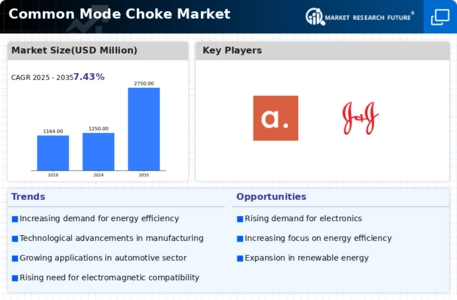
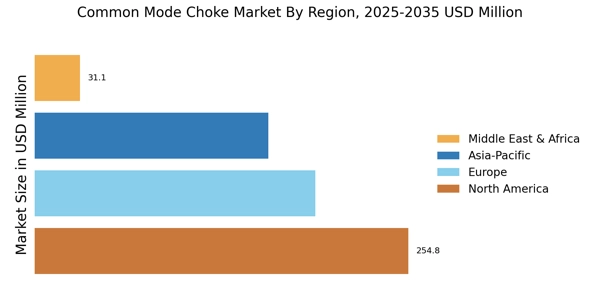
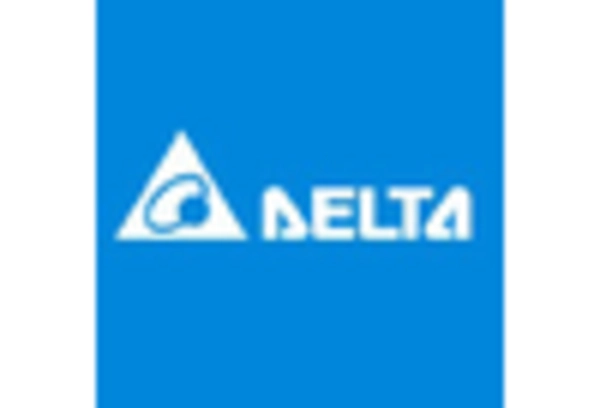
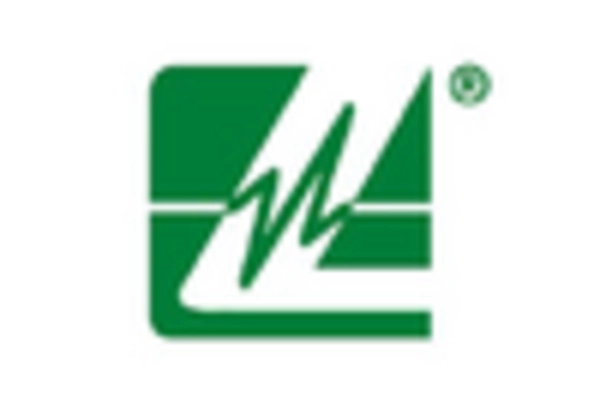
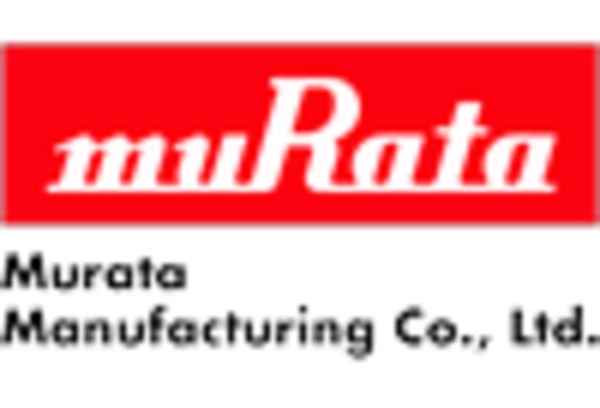
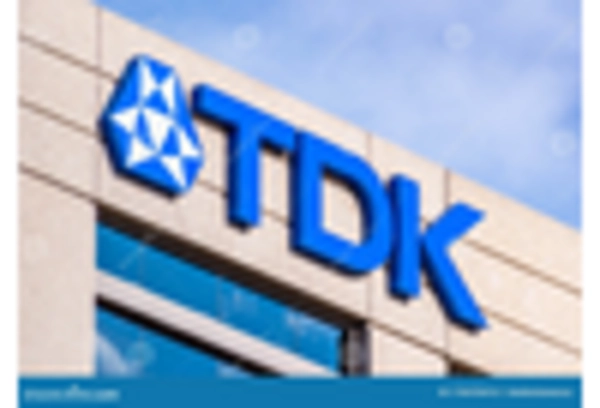
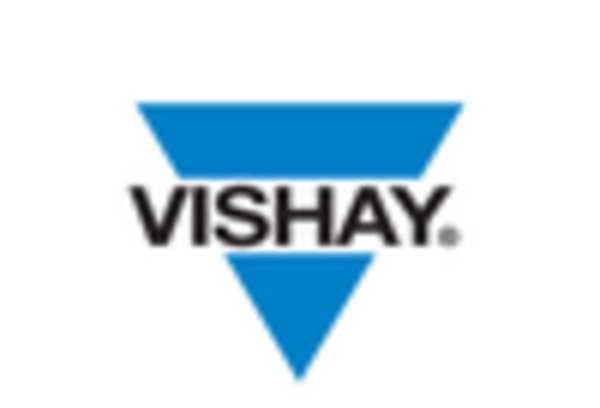
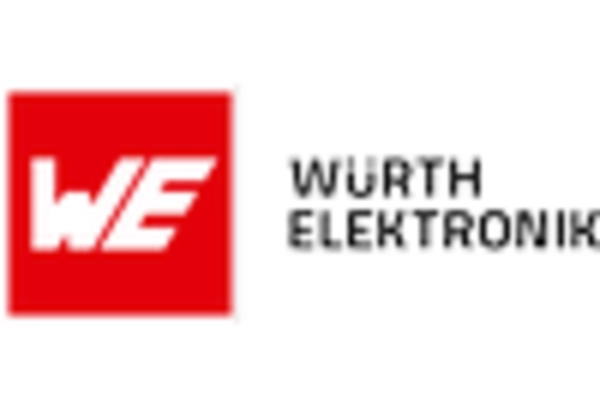








Leave a Comment